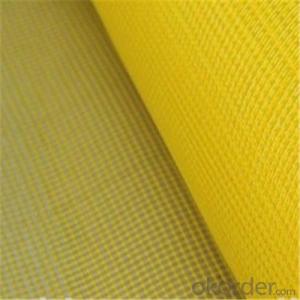Fiberglass has been a revolutionary material in the automotive sector, transforming the way vehicles are designed, manufactured, and perceived. From its inception, fiberglass has brought a breath of fresh air to the industry, offering a myriad of benefits that have made it an indispensable component in modern car production. In this article, we will explore the fascinating world of fiberglass innovations in the automotive sector, delving into its history, applications, and the impact it has had on the industry.
A Brief History of Fiberglass in Automobiles
The story of fiberglass in the automotive world began in the early 20th century. Its lightweight and durable properties made it an attractive alternative to traditional materials like steel. The first mass-produced fiberglass car, the Chevrolet Corvette, rolled off the assembly line in 1953, marking a significant milestone in automotive history. Since then, fiberglass has become synonymous with innovation and performance.
The Appeal of Fiberglass
Fiberglass, or glass-reinforced plastic (GRP), is a composite material made of a plastic matrix reinforced by fine fibers of glass. It is incredibly strong, lightweight, and resistant to corrosion, making it perfect for automotive applications. The material’s versatility allows it to be molded into complex shapes, opening up a world of design possibilities for car manufacturers.
Design Freedom and Aesthetics
One of the most significant advantages of fiberglass is the freedom it offers in design. Car designers can push the boundaries of creativity, crafting unique and eye-catching vehicles that stand out from the crowd. The material’s ability to be molded into virtually any shape means that manufacturers can create cars with sleek, aerodynamic lines that not only look good but also improve performance.
Performance Enhancements
The lightweight nature of fiberglass contributes to improved fuel efficiency and overall performance. Cars made with fiberglass parts are lighter, which means they require less energy to move, resulting in better gas mileage. Additionally, the reduced weight enhances acceleration and handling, providing drivers with a more responsive and enjoyable driving experience.
Durability and Low Maintenance
Fiberglass is known for its durability and resistance to the elements. It doesn’t rust or corrode, which means that cars made with fiberglass components require less maintenance over their lifetime. This low-maintenance aspect is particularly appealing to car owners who value reliability and longevity in their vehicles.
Customization and Personalization
The automotive sector has seen a surge in customization and personalization in recent years, and fiberglass plays a significant role in this trend. With its ease of molding, car enthusiasts can create one-of-a-kind vehicles that reflect their individual style and preferences. From custom body kits to unique paint jobs, the possibilities are endless.
Sustainability and the Future of Fiberglass
As the world moves towards more sustainable practices, fiberglass is emerging as an eco-friendly alternative to traditional materials. It is recyclable and can be used in the production of electric vehicles, contributing to a greener future for the automotive industry.
Challenges and Solutions
Despite its many benefits, working with fiberglass does present some challenges. The material can be difficult to repair, and the manufacturing process can be labor-intensive. However, advancements in technology and manufacturing techniques are addressing these issues, making fiberglass more accessible and practical for the automotive sector.
The Impact on the Automotive Industry
The adoption of fiberglass in the automotive industry has had a profound impact. It has led to the development of more efficient, high-performance vehicles that are also visually stunning. The material has also opened up new avenues for innovation, with manufacturers continually exploring new ways to incorporate fiberglass into their designs.
Conclusion
Fiberglass has undoubtedly left an indelible mark on the automotive sector. Its innovative properties have not only improved the performance and aesthetics of vehicles but have also contributed to a more sustainable and personalized automotive future. As technology continues to evolve, we can expect to see even more exciting developments in the use of fiberglass in cars. The journey of fiberglass in the automotive world is far from over, and we are all eager to see where it will take us next.

